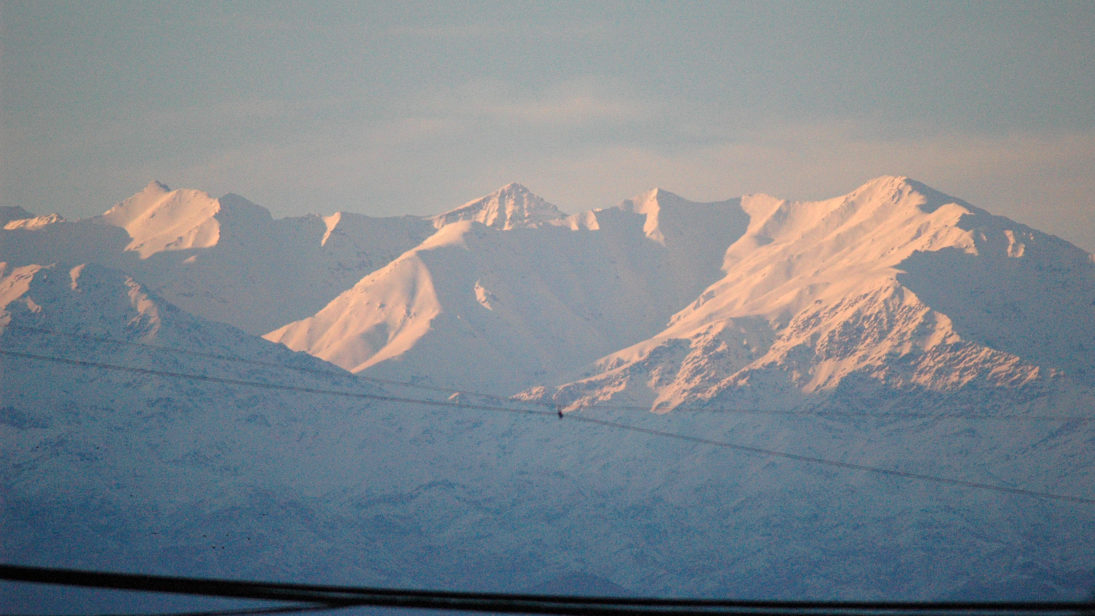
Despite being a poor region, South Asia stands prominent in international security architectures and the shifting dynamics of regional and global politics. India’s burgeoning economy and world’s fourth largest armed forces, equipped with a nuclear weapons capability, have enabled it to play a great power role beyond the region. Indo-US strategic relations are being interpreted as the defining partnership of the 21st Century.
Pakistan is embroiled in the global War on Terror (WoT) which has penetrated in its body-politics, especially in the western regions – Federally Administered Tribal Areas (FATA) and Khyber Pakhtunkhwa (KPK). A weak economy and poor governance and law and order undermine its political stability. As an ostensible paradox, it maintains the seventh largest armed forces in the world in terms of active troops and possesses an expanding nuclear weapons capability.
Nonetheless, India’s policy to substitute the outgoing security architecture is strongly disliked by Pakistan. Seeing as India has already called off scheduled peace talks last month, the on-going situation on the LoC and Working Boundary (WB) is an additional blow to peace talks’ efforts. The National Security Committee (meeting on October 10, 2014) noted that these developments have not only disappointed the people in Pakistan and India, but also the international community. In this regard, an endemic India-Pakistan conflict presently manifests itself in the recurrent LoC crossfires, casting serious doubt on the resumption of and prospects for the Composite Dialogue, peace, and regional stability.
Recent years have seen major developments and shifting in the South Asian region which would continue in 2014 and beyond. The 2013 elections and the change of military guard in Pakistan and 2014 elections in India are proving to be game changers for the sub-continental political landscape. 2014 elections in Afghanistan and the expected drawdown of the ISAF/NATO forces in Afghanistan are generating new undercurrents in the South, West and Central Asian politics – this region in its eastern fringe includes the seven SAARC countries and in the west Afghanistan and Iran.
However, post-2014, the capability of the Afghan National Security Forces (ANSF) to maintain law and order post-ISAF is being sanguinely questioned. Besides recognizing the US exit as the major contemporary swing, the plan under the Bilateral Security Agreement (BSA) is that some 10,000 US troops can remain in Afghanistan after the international combat mission ends on December 31, 2014. Nevertheless, since the document itself does not establish how many US troops can be in Afghanistan during that time (it was actually an announcement from US President Barack Obama), it does remain to be seen how much of the NATO forces will be withdrawn, what type of military forces will be left behind, and under what genre of legal and political framework they will remain. In a broader vision, there would be a transformation of engagement in 2014, not exactly disengagement.
A negotiated settlement of Afghanistan would inevitably lead to promoting peace in the region, with critical insinuations for international security. In addition, the imperatives of energy security intertwined with the pursuit of strategic power exhibited by alliances like NATO – who since late 2001 has emerged as a major institutional player in Central Asian security affairs – or the Shanghai Cooperation Organization (SCO) would be the crucial determinants of the shifting paradigms of regional politics in South and Central Asia. The extra-regional great-powers, e.g., China, the European Union, Russia and the US, and their regional partners, e.g., Afghanistan, India, Iran, Pakistan and Turkey are serious contenders in post-2014 Eurasian power-politics. Additionally, IP and TAPI gas pipeline projects have profound ramifications for South and Central Asia. Burma as well has the “potential to connect the countries of South Asia with the countries of Eastern South Asia in an integrated economic landscape.”
An immensely important variable in the altering regional landscape are US bilateral and multilateral relations with India, Pakistan ,and China which will determine the regional dynamics and strategic power equilibrium in and around the South Asia region. These undercurrents of contemporary changes are the primary concerns of the South Asian security and strategic community.
Shifting strategic dynamics and emerging power competition in Eastern South Asia, Western South Asia, and Central Asia – while presenting challenging scenarios for the political-military leadership and strategic decision-making echelons – could also help surmount the political obstacles of the twentieth-century. It may possibly link efforts to address terrorism, education, economy issues, health, trade, gas pipeline projects, energy sector, security and bilateral and multilateral initiatives among states.
***
Image: William Huff, Flickr